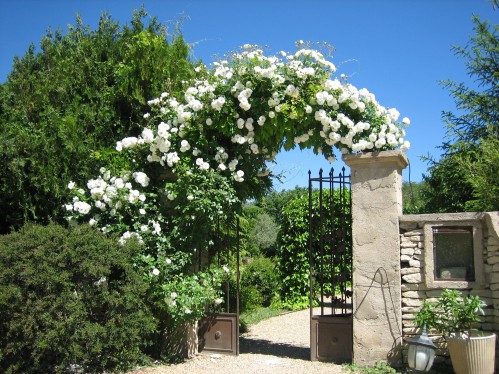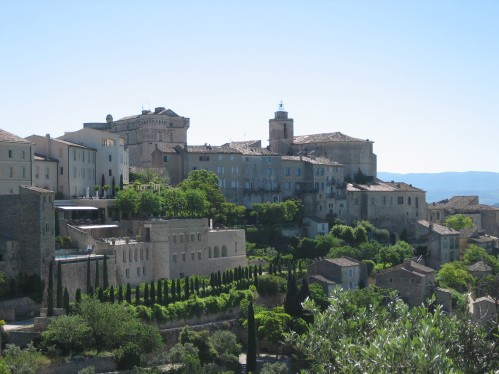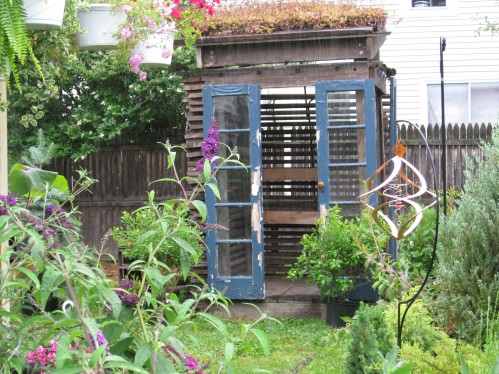 While attending Garden Blogger's Buffa10 in Buffalo, there were many exciting places on our itinerary. One of them was Urban Roots Community Garden Center, an innovative community garden co-op. With over 600 community owner-members and growing, this garden center is a mecca for Buffalo's gardeners. Urban Roots sells plants for the garden, tools, artwork, hosts a slew of garden workshops, and much more.
While attending Garden Blogger's Buffa10 in Buffalo, there were many exciting places on our itinerary. One of them was Urban Roots Community Garden Center, an innovative community garden co-op. With over 600 community owner-members and growing, this garden center is a mecca for Buffalo's gardeners. Urban Roots sells plants for the garden, tools, artwork, hosts a slew of garden workshops, and much more.
Urban Roots was a brain storm of a group of people who wanted to have a garden center for its community in the heart of buffalo. In 2005, in an up and coming neighborhood, literally minutes from any "Garden Walk" garden, they began modestly with a plant swap and heirloom seed sale.
Borrowing the "mission statement" right off of their website, Urban Roots, their mission is a beautiful idea which obviously is growing and flourishing for Buffalo. Perhaps, there are many garden co-ops across the country, but this is the first I have seen, and there are certainly not any in my neighborhood. Once again Buffalo, what an innovative garden idea. Hum....
Our Mission Urban Roots Community Garden Center is a consumer cooperative business whose mission is to provide quality products for gardening in the City of Buffalo and be an active and enriching member of the community. • We will offer affordable, unusual, heirloom, organic and local plants, and gardening supplies. • We will foster a working relationship with the greater neighborhood in order to encourage beautification and urban renewal. • We will engage the community through education, employment, outreach, expertise and volunteering efforts.
Although it was a rainy Friday afternoon, we all hopped off our bus, ready to eagerly explore this community garden co-op. It was busy, despite the rain. There were two lectures in progress, one on "backyard chickens" and the new city ordinance allowing chickens in Buffalo, and the second inside the Urban Roots shop and next to a sinfully-scented bakery, it appeared to be a well-attended "plant" lecture. Needless to say, my fellow garden bloggers and myself, generously spent and supported Urban Roots in our brief visit.
If you are ever in Buffalo, for Garden Walk, Urban Roots Community Garden Center is a must stop destination, and a "place for you to know". We all could benefit from an Urban Roots model in our communities.
Please share if you have a garden co-op in your community. Please comment on some of the innovative garden ideas you have ongoing in your community.
VintageGardenGal Tidbit Thyme....
If I have given you enough of a tease on on Buffalo's beauty and innovative garden sense and want more, check out Buffa10 for more beautiful writing and photos from my fellow garden bloggers.

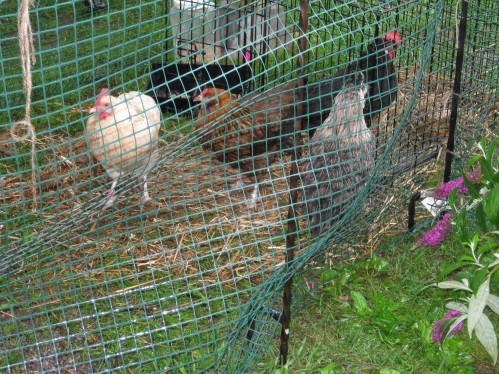
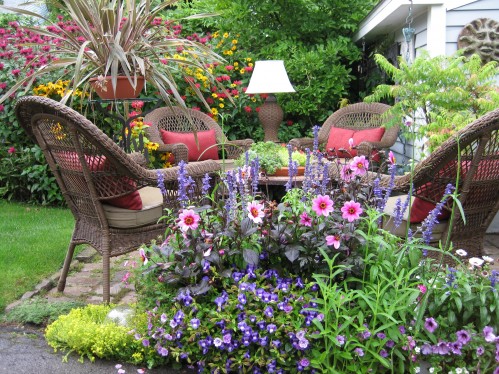
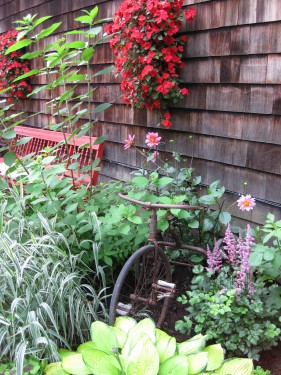
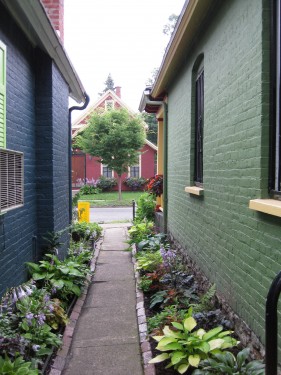
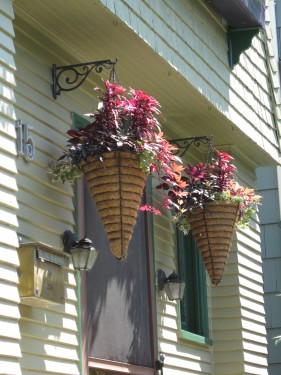

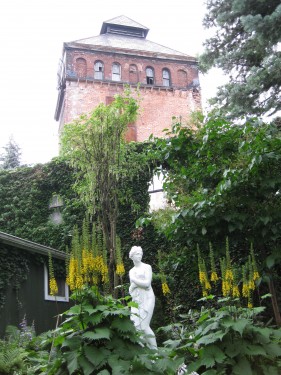
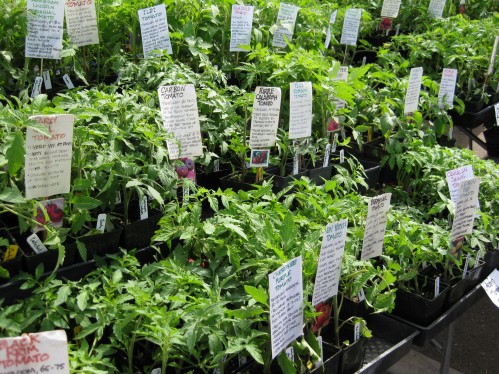
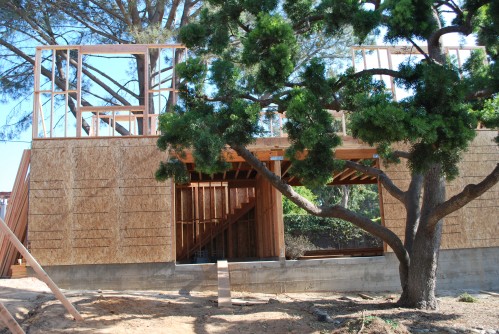
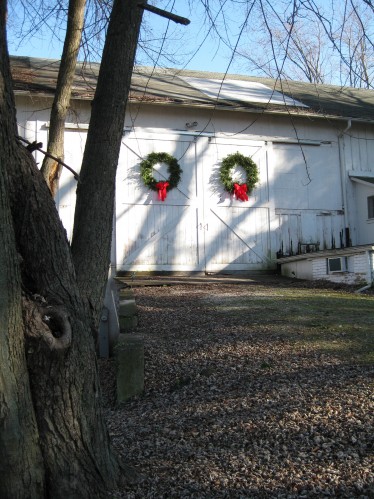
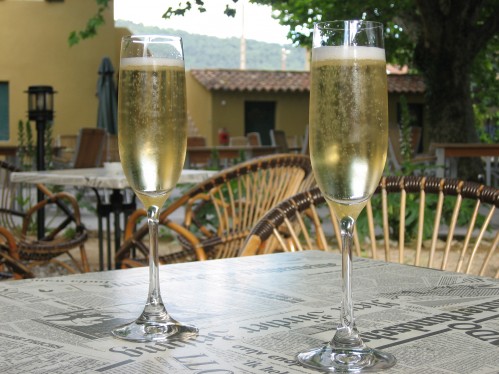 I've been lost in writing about Provence for nearly a month. If that is not proof enough of how special Provence is to me. I have so many more postcards to send you from Provence, but my own garden, in my own Mediterranean climate is beckoning me home.
I've been lost in writing about Provence for nearly a month. If that is not proof enough of how special Provence is to me. I have so many more postcards to send you from Provence, but my own garden, in my own Mediterranean climate is beckoning me home.